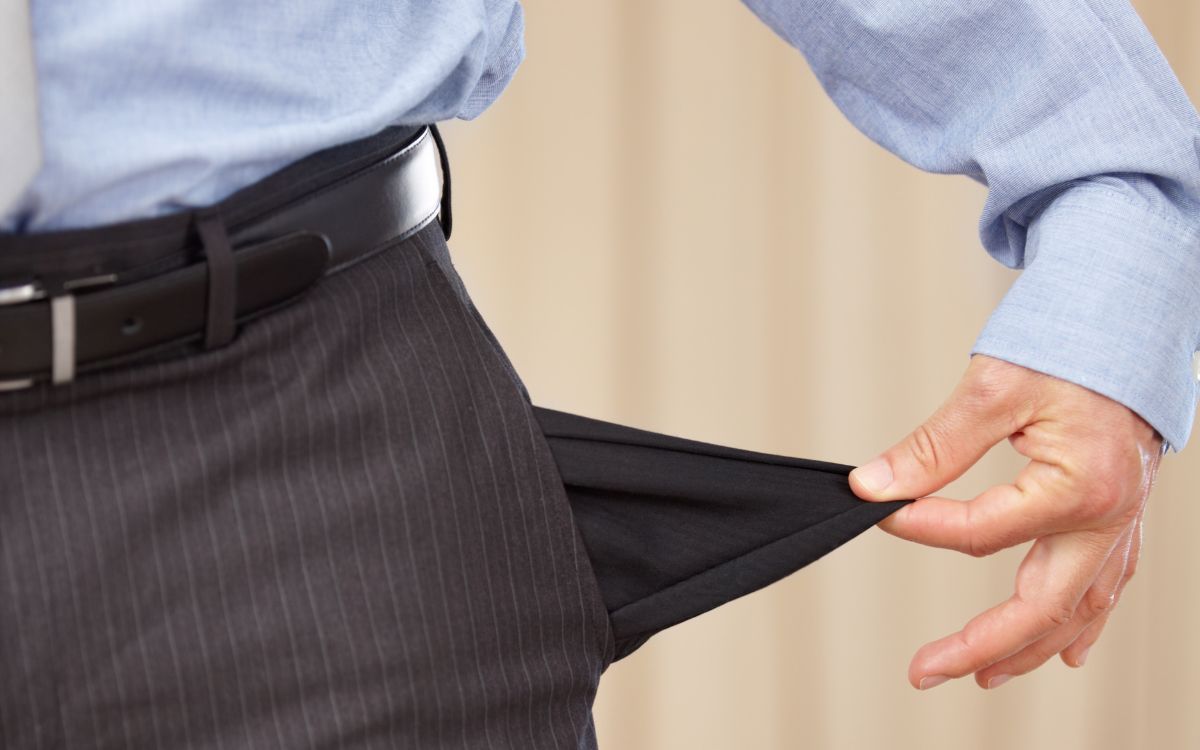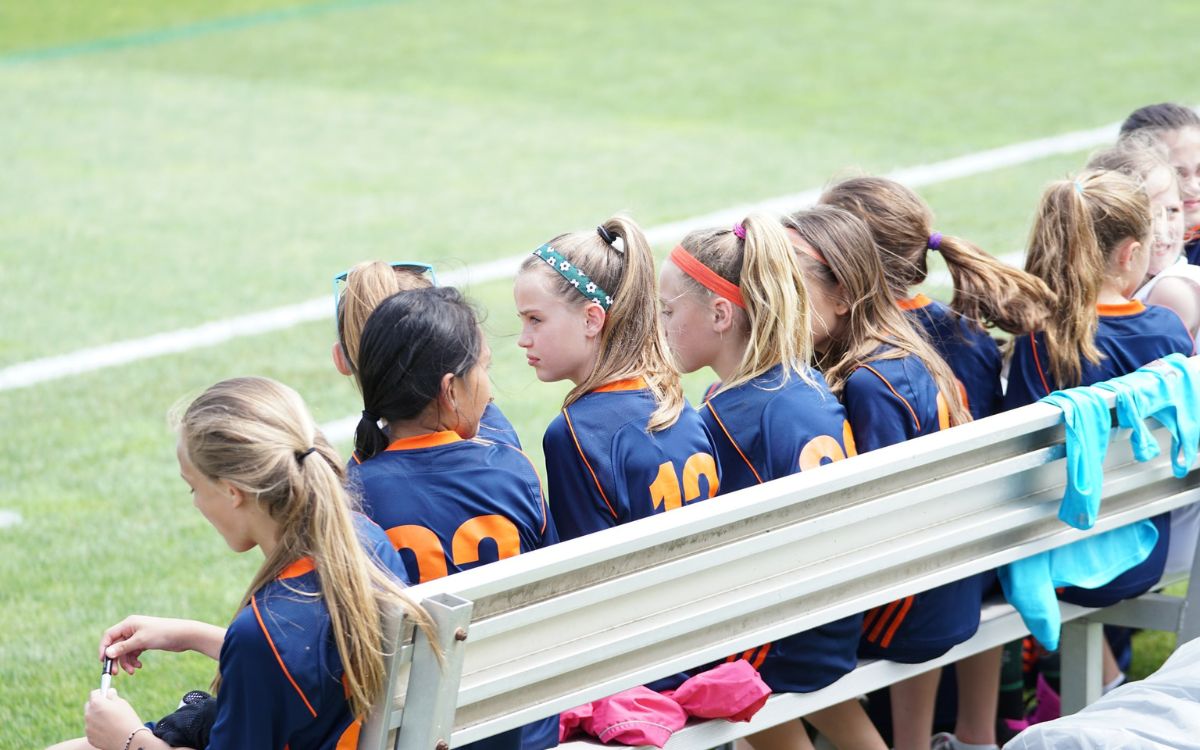Congratulations! You’ve finished school, have that degree of education in your hands, and are ready to get into a classroom and start teaching. You begin scrolling the job boards and quickly realize you have options – a lot of options. With public schools, private schools, and charter schools to choose from, you might wonder how these teaching environments compare to one another. It’s always helpful for me to make a pros and cons list when making a decision. In this article, we’ll answer: what are the pros and cons of teaching at a private school?
Some of the pros of teaching at a private school are lower teacher-to-student ratios, more flexibility and creativity in lesson planning, less standardized testing, and often more support both from the administration and parents. Some cons include less money, additional responsibilities past your teaching duties (hello, staying late to supervise Slam Poetry Club), more parental power, and often a lack of diversity amongst the student population.
The Pros of Teaching at a Private School
Private Schools Are Commonly Known for Having Smaller Class Sizes.

One of the benefits of working for a privately owned school is that they can control admissions and cap class sizes to whatever number they see as optimal for learning. According to a NCES survey in 2017-18, the average student-to-teacher ratio in a private primary school class is 16:1, compared to a public school class having a 20:1 ratio. Smaller class sizes can have many benefits, including more time for individual student attention, more participation, and less distraction during lesson time.
Your Lessons Aren’t So Closely Tied to Standardized Testing.
Though argued that standardized testing is one way to hold public schools accountable to high standards, the burden of these tests, and preparing students for them, falls on the teacher’s shoulders. A study done by the Council of the Great City Schools, a nonprofit coalition “dedicated to the improvement of education” in the United States, found that on average public school students take eight standardized tests per year. Given that kids are in school for only 9-10 months, that is an average of at least 1.25 tests per month during the school year.
With public school funding directly tied to them, these tests have high stakes and teachers are often pressured to “teach to the test” rather than ensuring their students fully understand the subject matter. It’s very stressful because not only is your job on the line if your students don’t test well, the lack of control over what you can teach in your classroom can drive teachers to throw in the towel and quit.
Private schools, on the other hand, are not so closely tied to federal- and state-mandated testing and offer more creative freedom when lesson planning, and less pressure of having to prepare your students to meet arbitrary performance goals. If part of a lesson needs an extra day or two to make sure your students understand the material, you have the flexibility to adjust your plan accordingly.
There Is More Support and Funding at Private Schools.
It may be obvious, but it’s worth stating that public schools are publicly funded, through the state and federal governments as well as local property taxes, and private schools are funded through private fundraising efforts. Since public schools are tax-funded, the number of available resources can widely differ depending on where you teach. If you work for a public school in a wealthier area with higher property taxes, you’ll likely have more to work with than if you were to work within a lower-income neighborhood with lower property taxes.
Since private schools are “privately” funded, the money can come from (mostly) anywhere and has fewer restrictions on how it is used. Have you heard of those stories of teachers having to spend hundreds of their own dollars on classroom supplies? That is less likely to happen while working for a private school because of this fact. There are also on average fewer students in private schools making it easier to provide the resources you need for your classroom (i.e. laptops for each student).
Also, remember those pesky standardized tests I mentioned? Funding for public schools is directly tied to those test results. So regardless of whether you’ve advocated for new textbooks or laptops for your students for months, you likely won’t get them if the test results don’t prove a need.
The Cons of Teaching at a Private School
Less Money. Enough Said.

Though you may have all the pencils and textbooks you could ask for, private school teachers are notoriously underpaid compared to their public school counterparts. There are a few reasons for this but the biggest one is that public school teachers have unions advocating on their behalf. Teacher unions are powerful entities that have a seat at the table when negotiating pay, benefits, professional development resources, retirement packages, and more. There are also pay structures in place in public schools, including a “salary point” system that allows teachers to move up the pay ladder by taking courses or receiving additional teaching credentials.
Private school teachers just don’t have this kind of representation and therefore don’t have the negotiating power that public school teachers have access to. It’s really every teacher out for themselves, which doesn’t bode well for your bank account.
You Might Have to Wear Multiple Hats.
Another consequence of not being a part of a union, where you have a contract where your teaching duties are clearly defined and arduously fought for, is that you will probably have more responsibilities. If another teacher calls out sick, you might be asked to fill in for their class for the day, or you might be tasked with coordinating a bake sale or being the supervisor for an after-school student club.
Parents Pay Your Salary So You’ll Have to Answer to Them.
Parent involvement is a double-edged sword. On one hand, it is great to have parents involved in their child’s education and have them as another resource in your student’s learning “web.” However, since their money is tied up in it, it often gives private school parents permission to get a little too involved. In this article in The Atlantic, for example, the author who was once a teacher at a highfalutin private school shares a telling moment where she gave a student an A- on an assignment, which led to upset parents demanding she change their child’s grade.
With money on the line, the parents are to be essentially treated like customers and you have to handle them with care because the last thing your administration wants is for a parent to pull their kid from the school.
Private Schools Have Less Diverse Student Populations.

Last but arguably the most important con to note is that private schools are known for having less diversity in their student populations. Public schools must by law admit all students without discrimination. Private schools, on the other hand, have an admissions process where students apply and the administration selects who attends their schools. Some are more selective than others but there is bound to be discrimination, legal or not, in choosing certain students over others.
There are also financial barriers to sending a child to a private school that makes students more likely to come from similar, wealthier backgrounds, and exclude those who cannot afford private school education. There are some private high schools that cost upwards of $40,000 – $50,000 a year – just as much, or more, than a year of college. The better the reputation a private school has, the more expensive it will be. And the more expensive a high school is, the more resources it will have and the more likely students will be on track to go to great colleges.
When looking at this through a diversity, equity, and inclusion lens, this means that one must have the financial means to receive a quality education that will give one the resources to succeed and the privilege of choice going forward in life. Though some private schools boast about scholarships for those who can’t afford their tuition, the reality is that those students are likely to be fewer than 5% of the student population.
Another hurdle to cross are private schools are likely to be farther away from a student’s home, since you can live anywhere while attending one, unlike public schools where you have to live close to the school to attend. This excludes families who don’t have a reliable means of transportation or don’t have the luxury of time or money to drive their kids 20+ miles to and from school each day.
All of these factors make for a wealthier and whiter student population than those you’d find at a public school where there are fewer barriers to attending. If you’d like to see more diversity in the private school you teach at, you’ll likely have to advocate for it and become involved in the diversity efforts of eliminating the barriers to private education.
There are many pros and cons to teaching in a private school but ultimately it will be up to what works for you. If a higher salary is a must, private schools might not be the right fit. If you don’t want to deal with those awful standardized tests, or if you want more flexibility over what you can teach in the classroom, then you might be running to teach at one. I hope this list helps when having to decide what environment you’d like to teach in.
Related Articles
- What Is the Most Difficult Aspect of Teaching Today?
- What Are the Different Types of Educational Institutions?
- The Pros and Cons of Teaching in Hawaii
- The Pros and Cons of Teaching in South Korea
- The Pros and Cons of Teaching in Japan
- The Pros and Cons of Teaching in China




